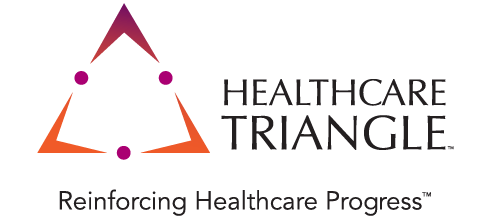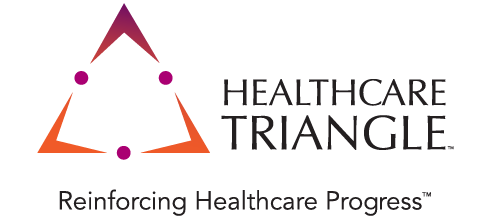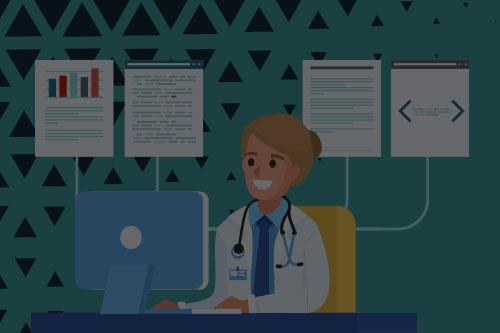Turning Data into Actionable Insight: How AI Is Making a Difference
Healthcare Triangle
Jun 21, 2021
With data coming from multiple sources in myriad forms, including faxes and PDFs, a significant portion of Monument Health’s clinical data was trapped in paper form. As a result, this six-hospital, 4,500-caregiver system had to ingest thousands of pages of data daily, which were entered manually by staff into its electronic health record (EHR) so the data could be delivered to providers at the point of care.
An Elusive Goal Now Within Reach
Leveraging AI and machine learning to digitize, analyze, and turn healthcare data from disparate sources into actionable insight has been a longstanding goal of hospitals, health systems, and other providers.
Patients often show up to hospitals that do not use the same EHR as their primary care doctor or other provider. It’s not unusual—still—for patients to bring hard copies of X-rays, reports, and other medical records with them or to have them faxed ahead of their visit. Archaic, tedious, and time-consuming practices like these make it difficult for providers to extract the data required to deliver optimal patient care. As the move toward interoperability accelerates, use of AI and machine learning will be critical to ensuring clinical data from across the continuum of care are integrated with EHRs and other systems and shared across providers as patient navigate the healthcare system.
Unfortunately, several obstacles have stood in the way of adoption. For instance, even within the same hospital system, EHRs often cannot communicate with other EHRs or technology platforms. One result of the uptick in health system mergers and acquisitions is that many newly integrated systems use multiple EHRs and other systems that must be able to “talk” with each other to efficiently manage patient care, billing, coding, and more. However, it’s not unusual for data in these systems to remain siloed months after the merger. This leads to a lack of clarity that can make high-quality care a challenge.
Another obstacle is cultural. Many providers remain reluctant to adopt technologies that utilize AI, machine learning, or natural language processing. This is often due to a lack of trust that the technology will provide accurate data that allows them to deliver appropriate, high-quality care.
That’s where readabl.ai comes in. readabl.ai is an automated solution that captures data presented in document form—from paper to PDFs to faxes—and digitally transforms the data into a usable format. Then, using cloud-based AI and machine learning, readabl.ai turns the data into readable text. It recognizes and extracts healthcare information, categorizes the data, and helps ensure the data are correctly matched with patients. With this technology, healthcare organizations can unlock the data in these documents to gain a comprehensive view of patients’ medical history.
“Healthcare has long been challenged by paper-based processes and difficulties deriving patient care insight from unstructured information,” says Suresh Venkatachari, Chairman and CEO, Healthcare Triangle. “The power of AI and machine learning at the core of readabl.ai will enable a digital transformation for our customers that will streamline workflows and improve patient care and clinical efficiency.”
A Key Component for Healthcare’s Digital Future
As the Monument Health example illustrates, improvements in AI, machine learning, and natural language processing capabilities are beginning to change attitudes. This sets the stage for healthcare organizations to chart a path for digital health transformation that is informed by data analytics.
For example, Stay Smart Care, LLC, a North Carolina-based provider, uses remote monitoring to help seniors safely age in their homes. The organization recently sought help from Healthcare Triangle to improve the way in which it collects and processes multiple types of data—both structured and unstructured—from myriad systems to improve its services.
Stay Smart invested in a self-cataloguing data lake to ingest and store structured and unstructured data from multiple sources, including real-time data from health wearables and remote monitoring devices. The organization then uses AI and machine learning to proactively detect emerging health issues in its patients and prompt caregivers for follow-up. In doing so, Stay Smart gains the ability to stay ahead of healthcare complications before they become costly emergencies.
To be sure, there is still much work to be done for healthcare organizations to realize the full potential of AI, machine learning, and natural language processing. But thanks to solutions like readable.ai, that goal is within reach, improving care efficiency and value while positioning healthcare organizations for the future.


